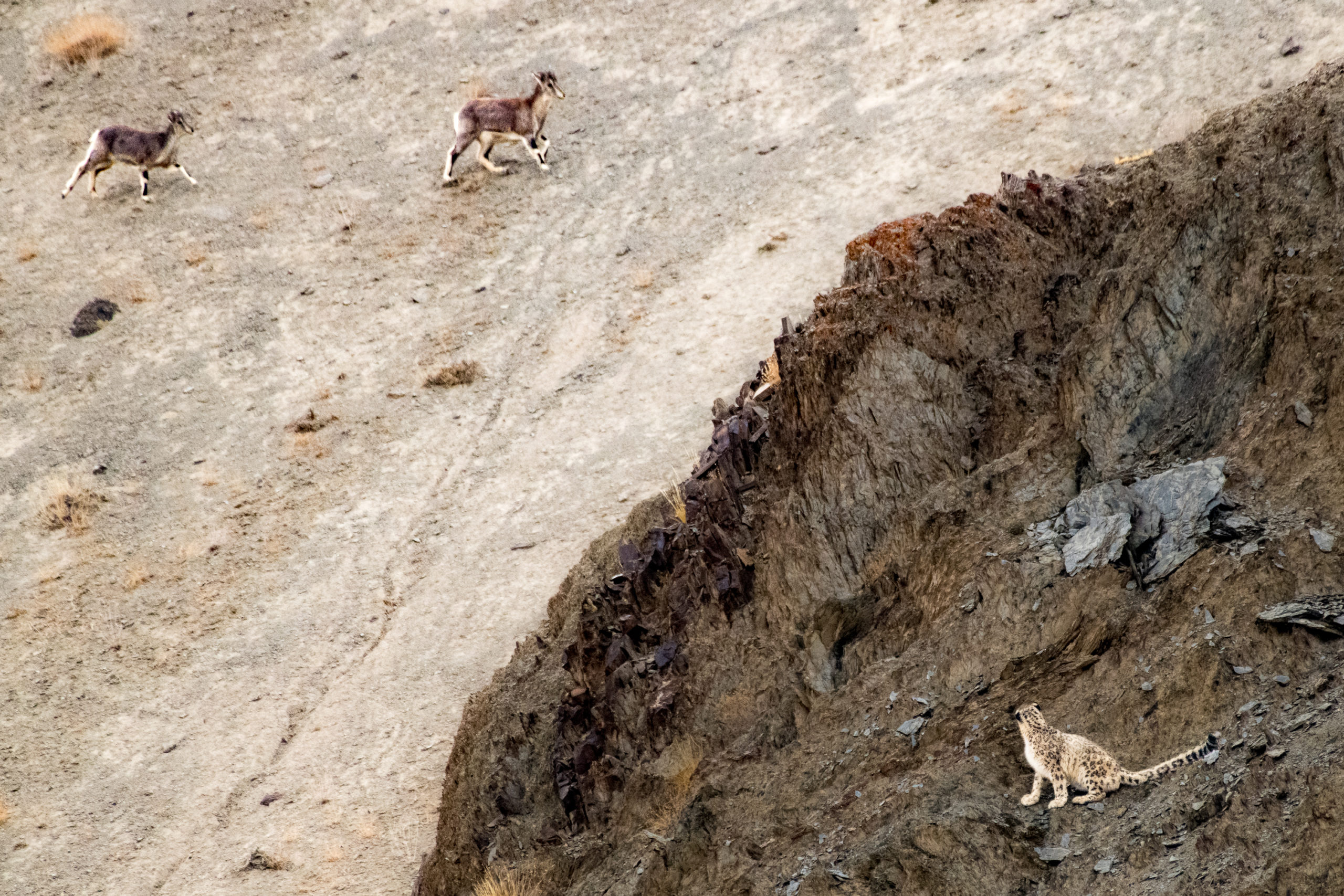Module 8: Session 4
The Module 8 journey so far has taken us to introducing Conservation Tourism concepts and the need to engage communities as a central pillar to the approach. In the last session we focussed on ecological, social and economic “risks” and ways to mitigate these.
This final session will take us towards broadening our discussions to learn from examples that are underway in Pakistan, Tajikistan and Mongolia. We hope these experiences help us see the above principles in action and perhaps bring up new themes and ideas. We will then conclude the session by synthesising key principles which we feel will be useful as teams start new programs or refine on-going approaches.
Session 4.1: Introduction
Session 4.2: Example from Tajikistan
Session 4.3: Example from Mongolia
Session 4.4: Example from Pakistan
Session 4.5: Bringing the principles together
Session 4.6: Conservation Tourism Principles Recap
Session 4.7: Conservation Tourism Framework Approach
Session 4.8: Concluding thoughts
Highlights
- “Tourism is like a fire. You can cook your food with it, but if it’s not managed, it can burn your house down.”
- In areas without formal wildlife protection- tourism can be used to support local communities to set-up community based conservation programs. This can create ownership of land and increase investments in building capacity for conservation (i.e. Tajikistan)
- Conservation led tourism may be challenged in areas of low human density and where communities structures are not in place (i.e. Mongolia). How can benefits be equitably distributed? How to address this challenge?
- Local risk assessments is an essential part of the process and explore mitigation measures (i.e. Pakistan)
- Key components of Conservation Tourism include: Inclusive conservation beyond the protected area; Community involvement; Economic benefits for the community; Equitable distribution, and the community has to making the decisions.
- Why is conservation tourism important?
- Creates conservation opportunities
- Helps pay for ecosystem services
- Can help preserve cultural heritage
- Build community support for conservation
- Way of empowering community and giving them ownership
- Livelihoods linked to the well-being of snow leopard and it’s habitats
- There are however enormous risks from tourism
- Increase vulnerability
- No equitable benefits can lead to conflicts
- Malpractices if not managed
- Visitors can have an ecologically heavy footprint
- Destruction of natural and cultural environment
- The Fundamentals include:
- Destination led and not market driven
- Benefits at a landscape level
- Low-volume – high revenue
- Local involvement and ethical practices
- Unity of control
- Integrated approach

